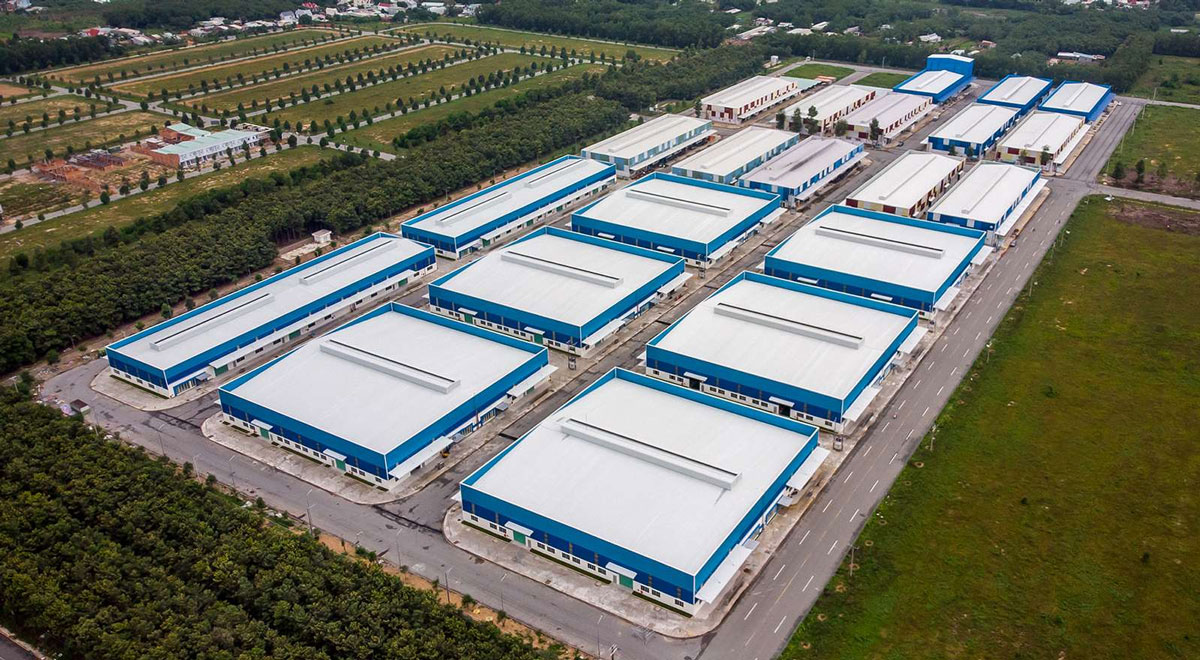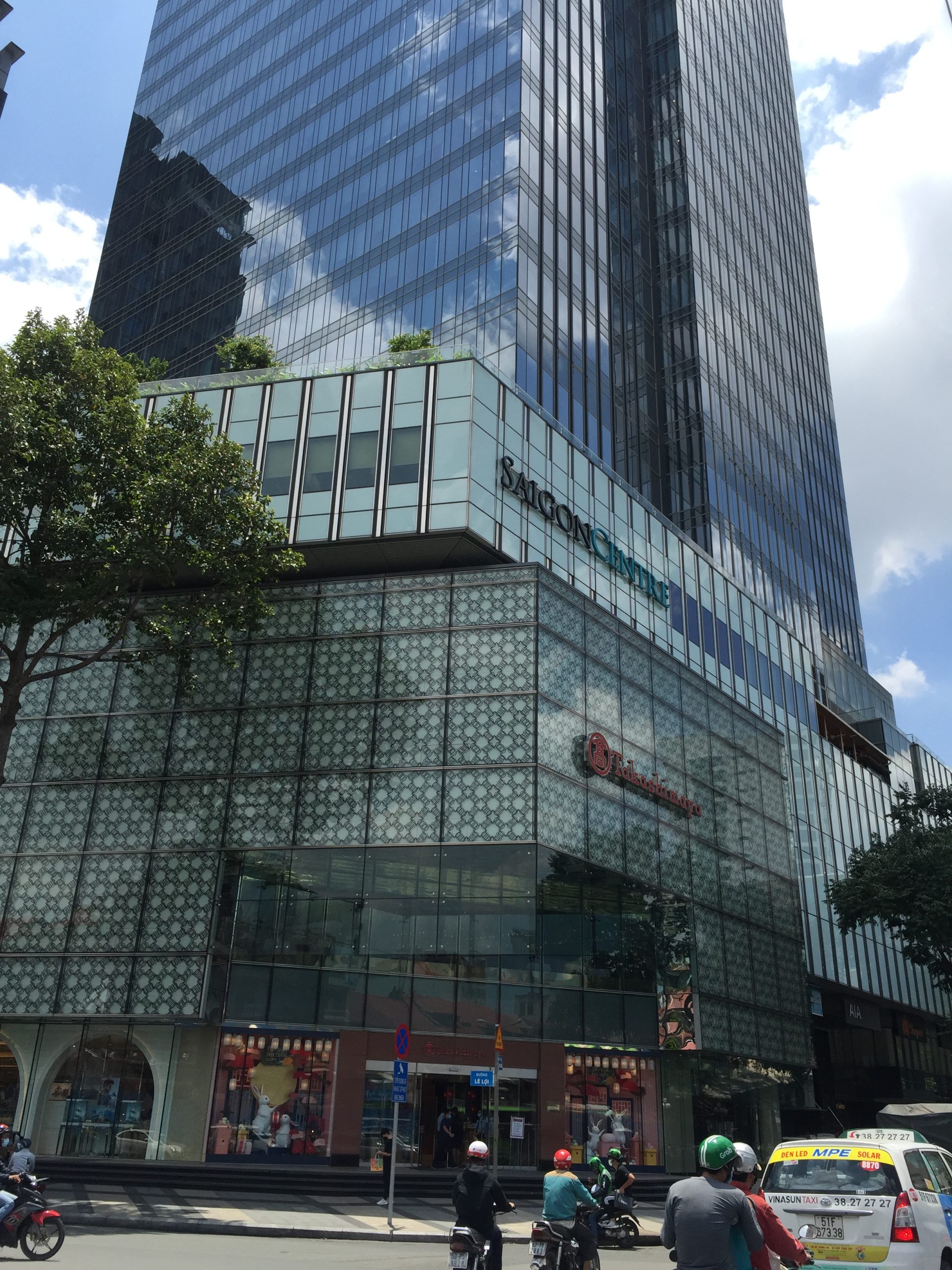Vietnam’s Industrial Parks (Part 1): What are the 3 key points to avoid failure when choosing a rental factory in a Vietnamese Industrial Park?

When considering establishing a manufacturing base in Vietnam, selecting the right rental factory within an industrial park is a crucial factor that directly impacts the success of your business. Many companies face challenges such as navigating local regulations, understanding cultural differences, and dealing with complex contract terms.
This article provides a comprehensive overview—from basic knowledge of Vietnam’s industrial parks and regional characteristics to the advantages and disadvantages of rental factories and practical tips to help Japanese companies avoid common pitfalls. Even for those expanding overseas for the first time, this guide offers the information needed to make confident decisions.
1. Basics of Vietnam’s Industrial Parks and Rental Factories
In Vietnam, most companies engaged in manufacturing or logistics are required to operate within industrial parks. This is because, under environmental regulations and SDGs initiatives, industries that generate emissions or noise must be located away from residential areas.
There are two main ways for companies to establish operations in these parks:
-
purchasing land-use rights and building their own factories, or
-
leasing existing rental factories.
In particular, small and medium-sized enterprises (SMEs) increasingly prefer rental factories to reduce initial investment and operational risks.
-
In Vietnam, manufacturing and logistics businesses are legally required to operate within industrial parks.
-
Two types of occupancy: land purchase or rental factory.
-
SMEs often choose rental factories to minimize risk.
-
SDGs and environmental regulations also influence investment decisions.
Choosing the right industrial park depends not only on legal and environmental considerations but also on your company’s size and business strategy.
1.1 Overview and Types of Industrial Parks in Vietnam
Vietnam has around 400–500 industrial parks, operated by Japanese, foreign, and local developers.
Representative examples include Thang Long Industrial Park in the north and Long Duc Industrial Park in the south.
Each region has its own characteristics—for example, the north attracts major manufacturers in electronics and automotive sectors, while the south is home to companies targeting domestic demand in food, daily goods, and furniture.
There are two main methods of occupancy:
-
Land purchase (often requiring at least 1 hectare), suitable for large-scale projects.
-
Rental factories, ideal for quicker, lower-risk setups.
| Item | Details |
|---|---|
| Number of industrial parks | 400–500 |
| Main operators | Japanese, foreign, and local developers |
| Regional features | North: electronics, automotive; South: food, consumer goods, furniture |
| Occupancy methods | Land purchase (1ha+), rental factory |
Understanding these regional and operational differences is essential to selecting the most suitable industrial park for your business strategy.
1.2 Advantages and Disadvantages of Rental Factories
Advantages:
Rental factories offer a major benefit of lower upfront investment and quicker startup. Contracts are typically flexible (starting from around three years), and withdrawal procedures are relatively simple—making them ideal for minimizing market entry risks. Additionally, infrastructure and building quality are usually maintained at a consistent standard, ensuring stable operations.
Disadvantages:
Customization of interiors and facilities may be limited, making it difficult to fully adapt the space to specific operational needs. Over the long term, rental costs can accumulate, so companies should also consider the potential transition to owning a factory in the future.
-
Significantly lower initial investment
-
Easy relocation or withdrawal, reducing risk
-
Reliable infrastructure and building quality
-
Limited customization options
-
Possible cost accumulation over time
Choosing between land purchase and rental depends on your company’s local strategy, financial capacity, and long-term business plan.
Tag
- #Blog
- #coworking space
- #coworking space Vietnam
- #Foreigners
- #Industrial Parks
- #long-term office rental
- #meeting room rental
- #rental office vietnam
- #restaurant in district 1
- #restaurant in Le Thanh Ton street
- #shared office
- #short-term office rental
- #startup company
- #ブログ
Categories
Search
Access ranking
-
01

Vietnam’s Industrial Par...
-
02
![[Part 1] Short-Term Serviced Office Rental Vietnam|Why flexibility is essential now?](https://sotochika-office.com/wp-content/uploads/2025/05/R0003625-scaled.jpeg)
[Part 1] Short-Term Serviced O...
-
03
![[Part 2] Short-Term Serviced Office Rental Vietnam|Why flexibility is essential now?](https://sotochika-office.com/wp-content/uploads/2025/08/z6807120081634_340de811f5cd7edb71b62a3cdcb2826312122.jpg)
[Part 2] Short-Term Serviced O...
-
04
![[Part 1] Strategic Location in Le Thanh Ton: Why This Area’s Hotels & Restaurants Boost Business Networking Success?](https://sotochika-office.com/wp-content/uploads/2025/09/upscalemedia-transformed-29-scaled.jpeg)
[Part 1] Strategic Location in...
-
05
![[Part 2] Strategic Location in Le Thanh Ton: Why This Area’s Hotels & Restaurants Boost Business Networking Success?](https://sotochika-office.com/wp-content/uploads/2025/09/14248183324_826f2cb293_h.jpg)
[Part 2] Strategic Location in...
-
06
![[Part 1] How flexible office rental transformed our startup growth story](https://sotochika-office.com/wp-content/uploads/2025/08/upscalemedia-transformed-9-scaled.jpeg)
[Part 1] How flexible office r...
-
07
の外観.jpg)
Vietnam’s Industrial Par...
-
08

Vietnam’s Industrial Parks (Pa...
-
09
![[Part 1] What Are the Pitfalls in Establishing a Representative Office in Vietnam?](https://sotochika-office.com/wp-content/uploads/2025/08/1749086829857.jpg)
[Part 1] What Are the Pitfalls...
-
10

Vietnam’s Industrial Parks (Pa...

